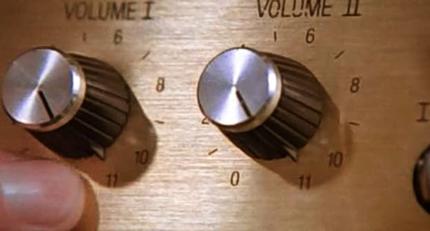How Important Are Megapixels?
What are megapixels? If you’ve ever shopped for a digital camera, you’ve probably seen the word. The cameras in our smartphones also have a megapixel number.
A megapixel (MP) equals one million (1,000,000) pixels. Now I think about it, what are pixels in a camera sensor?
We all know our monitors, our TV screens, our smartphone screens and so on contain pixels. We know that video definition quality is measured in pixels too.
For example, 4K resolution refers to a video or display resolution of approximately 4,000 pixels. HD is 1080 pixels high by 1920 pixels wide.
Pixels
Pixels are points in your sensor or display which capture or emit light. But pixels in a sensor work differently to those in a monitor.
When taking a picture, each pixel on the image sensor records the brightness of the light that falls on it. An electrical charge is accumulated. Bright areas translate to high charges, shadows to low charges.
At the end the exposure time (shutter speed), the charge from each pixel is measured and converted into a digital number. A series of numbers from the sensor’s pixels are then used to create the image.
Did you know, pixels on an image sensor only capture brightness, not colour?
But that’s another story. So, we understand what pixels are up to, in a basic way. It seems to be common sense that the more pixels we have in our sensor, the better that sensor will be at capturing detail.
Well, it is true that you can capture more detail. But for that extra clarity there is a sacrifice to be made. And that comes down to sensor size.
How many pixels does it take to make a sensor?
Sensor sizes in smartphone cameras are small. The obvious reason being that they need to fit inside your phone’s case, along with all the other hardware. In turn, all those pixels need to fit onto the sensor.
The more pixels you squeeze onto your sensor, the smaller they have to be. And what does having smaller pixels mean? It means they are less effective at capturing light.
Therefore, having more pixels on your sensor means that sensor will be less effective in low light situations. And this in turn leads to greater noise in the image in low light.
More processing power
Another downside is that each pixel needs power. So more pixels requires more power from your phone. In other words, more pixels means less processing power per pixel.
Is there any advantage to having more pixels?
Yes.
One advantage is there is indeed a lot more detail in the image. However, every image is limited by the quality of the display (and the capability of the human eye to perceive it).
But one feature where more pixels helps out is when you are using digital zoom. It used to be a rule never to use digital zoom, but these days some smartphone cameras do quite well. Some achieve it with a combination of enlarging the image from the sensor and special lenses.
So, essentially, having more megapixels in your sensor is a trade off: more light sensitivity, less pixels. More noise in the shadows, more pixels.
Personally, if I have to choose I’m going for light sensitivity over better zoom. For video shooting, zooming on a smartphone doesn’t look too good. It’s not the same as zooming using a nice lens, which also adds shallow depth of field.
These Goes Up to 48… Megapixels
The problem is that it’s easy to assume that more is better. The higher the number, the better the equipment, like the “up to 11” moment in the movie Spinal Tap.
If you haven’t seen the scene, the character Nigel Tufnel is showing off his special guitar amp, boasting that the volume can be turned up to 11. Whereas normal amps only go up to 10.

When the mockumentary’s director, Marty DiBergi, asks why they don’t just have the volume go to 10 but make it louder, Nigel is dumbfounded. Eventually insisting, “These go to eleven.”
But it’s worth noting that in the film Nigel is being mocked for being stupid. So we need to bear that in mind when we’re next browsing camera specs. Just because a camera goes up to 48 megapixels, doesn’t make it better.
But sensors are improving
On the other hand, if more pixels can be accommodated without reducing the size of the pixel (by having a larger sensor, for example), then it’s more of an advantage.
Recently, improvements in image processing and efficiency by sensor makers like Samsung allow them to shrink pixels and get more detail in a shot. They can squeeze higher quality sensors into those small spaces inside smartphones.
Samsung utilizes “Tetracell technology” to intelligently merge light captured from adjacent pixels. This effectively creates larger pixels adding light sensitivity is the equivalent of a sensor pixel twice the size (according to Samsung).
So, more megapixels is a good thing. But maybe not if they are at the cost of low light capabilities. Therefore, before we leap ahead and buy a phone based on it’s quantity of megapixels, have might want a second thought regarding their quality.
Eager to learn more?
Join our weekly newsletter featuring inspiring stories, no-budget filmmaking tips and comprehensive equipment reviews to help you turn your film projects into reality!
Simon Horrocks
Simon Horrocks is a screenwriter & filmmaker. His debut feature THIRD CONTACT was shot on a consumer camcorder and premiered at the BFI IMAX in 2013. His shot-on-smartphones sci-fi series SILENT EYE featured on Amazon Prime. He now runs a popular Patreon page which offers online courses for beginners, customised tips and more: www.patreon.com/SilentEye


